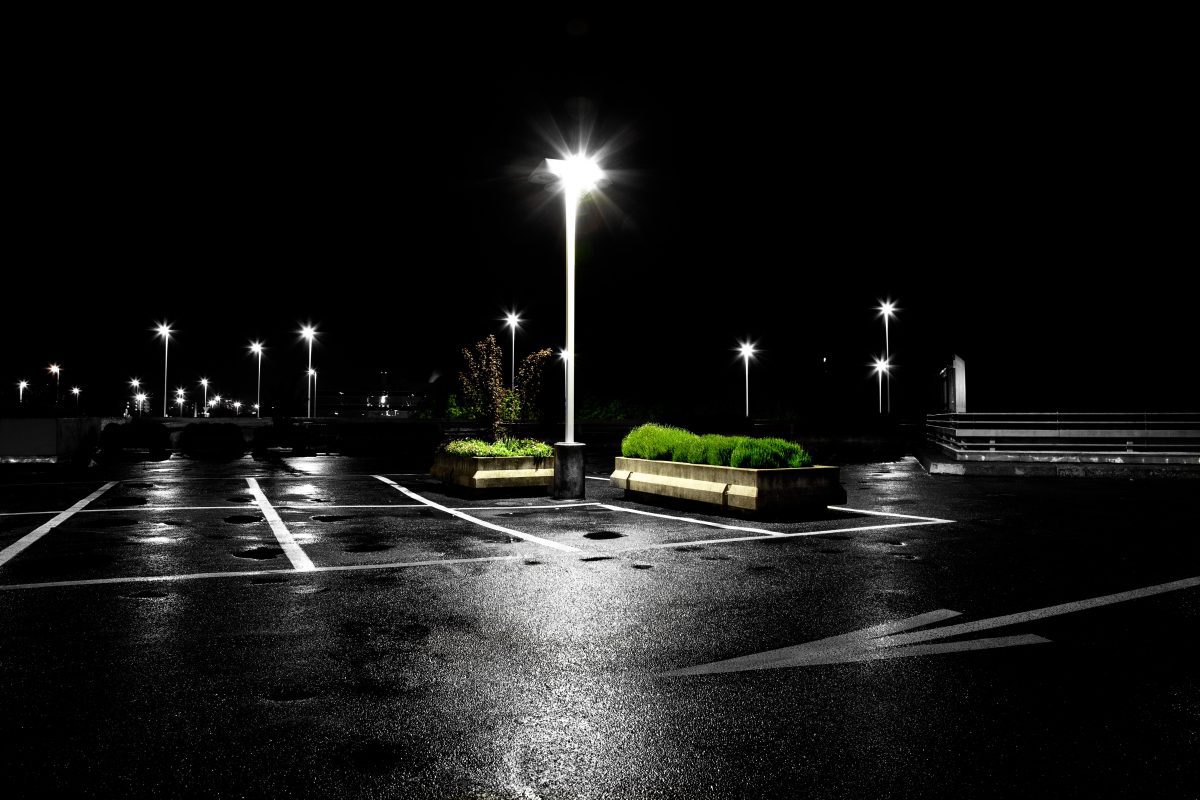The 9 Parts of Professional Pole and Site Lighting Installation Process
A well-lit environment is essential for safety, security, and aesthetic appeal. Whether it’s a parking lot, a public park, or an industrial facility, lighting can make all the difference for the people using the lot. If you want your site to benefit from optimal illumination, it’s crucial to understand the professional pole and site lighting installation process. This comprehensive guide will walk you through the nine essential parts of the process, from initial planning to final inspection, ensuring that your lighting project is executed seamlessly and efficiently by the professional electrician you hire.
When you work with RS Martin for all your electrical needs, we have the professional know-how to work on everything electrical, from residential to commercial to industrial. No job is too big or small, and we will always send the right expert for your unique location. Get in touch with us today to get started on your lighting project and learn more about how the process works below!
1. Design and Planning
When hiring an electrician, you want to make sure they start the process by evaluating the site’s lighting requirements and creating a comprehensive lighting plan. Parking lots or construction job sites will have different lighting needs than industrial driveways, so this process’s design and planning portion will help your electrician determine what equipment they will need for a successful project. They should consider factors such as the area to be lit, necessary lighting intensity, preferred aesthetics, energy efficiency, and any relevant local regulations or standards.
2. Finding the Right Lighting Fixtures
After finalizing the lighting plan, your electrician will work to acquire the required lighting fixtures, lamps, bulbs, wiring, control systems, and any additional equipment or materials needed for the installation. Area site lighting requires solutions that can cover large outdoor spaces, so the electrician must use the proper fixtures to illuminate your entire space.
3. Site Preparation
Site preparation is one of the most important steps because you want to clear the site of any obstacles or debris that could obstruct the installation process. Once the site is prepped, your licensed electrician will ensure an adequate power supply accessible near the designated lighting locations.
4. Fixture Mounting
After the site is prepped and ready, then it’s time to install the lighting fixtures following the design plan. This process may involve securing fixtures to poles, walls, or other appropriate structures using suitable mounting brackets or hardware. The electrician will firmly fasten and correctly align all the fixtures.
5. Electrical Wiring
During this phase of the project, the electrician will connect the fixture wiring to the electrical power source. Typically, this involves underground or overhead electrical cables while adhering to safety guidelines and local electrical codes. They will utilize proper conduits, junction boxes, and connectors to safeguard and organize the wiring.
Minimizing the risk of electrical hazards is very important, so having a professional electrician perform the site lighting installation work is best. They possess the knowledge and experience to install and maintain wiring systems in accordance with local codes and regulations. A skilled electrician can identify potential issues early on, preventing costly damage and ensuring the longevity of the wiring system. Investing in a professional electrician not only guarantees the safety of your property but also provides peace of mind, knowing that your electrical needs are in capable hands.
6. Control Systems
If applicable, the electrician will set up lighting control systems, such as timers, motion sensors, photocells, or remote-control devices. These systems help maximize energy efficiency and offer automation or customization options for lighting.
7. Electrical Connections
After finishing the setup, they will establish the necessary electrical connections between the lighting fixtures, wiring, and control systems. They will also ensure there is adequate insulation, grounding, and protection from weather conditions to maintain safety and durability for your light fixtures.
8. Testing and Adjustment
Once the installation is complete, the electrician will test the lighting system to confirm that all fixtures operate correctly. They will check the lighting levels, coverage, and any automation features and then perform any required adjustments or fine-tuning to achieve the desired lighting effects.
9. Maintenance and Ongoing Monitoring
While you might not think of maintenance as a part of the site lighting installation process, it can actually be a crucial part of your overall experience with your new lights. When you develop a maintenance plan to routinely inspect, clean, and repair the lighting system as needed from the get-go, you are more likely to stay on track with it throughout the lamps’ lifespans. On top of your regular maintenance, you’ll also want to monitor energy consumption and overall system performance to identify any issues or opportunities for optimization.
Do You Need Professionals for Your Site Lighting Installation?
Don’t leave your site lighting installation to chance! Trust the experts to illuminate your space with unparalleled precision and efficiency. Our team of professional electricians at RS Martin is ready to transform your property into a safe, well-lit environment that enhances both functionality and aesthetic appeal. With our extensive experience, cutting-edge equipment, and dedication to customer satisfaction, you can rest assured that your project will be completed safely and will adhere to local codes. Don’t settle for anything less than the best when it comes to your area site lighting needs. Reach out to us today, and let our skilled electricians light the way to a brighter future with our site lighting installation services!


 24 Hour
24 Hour